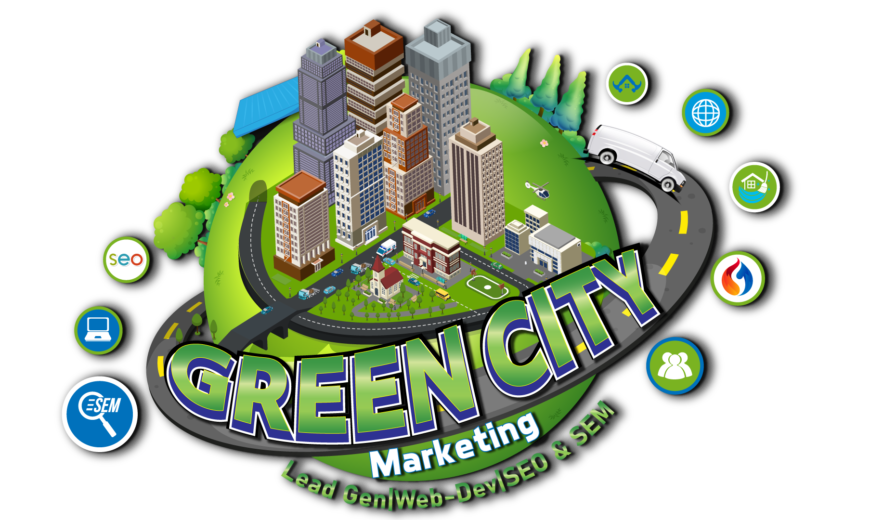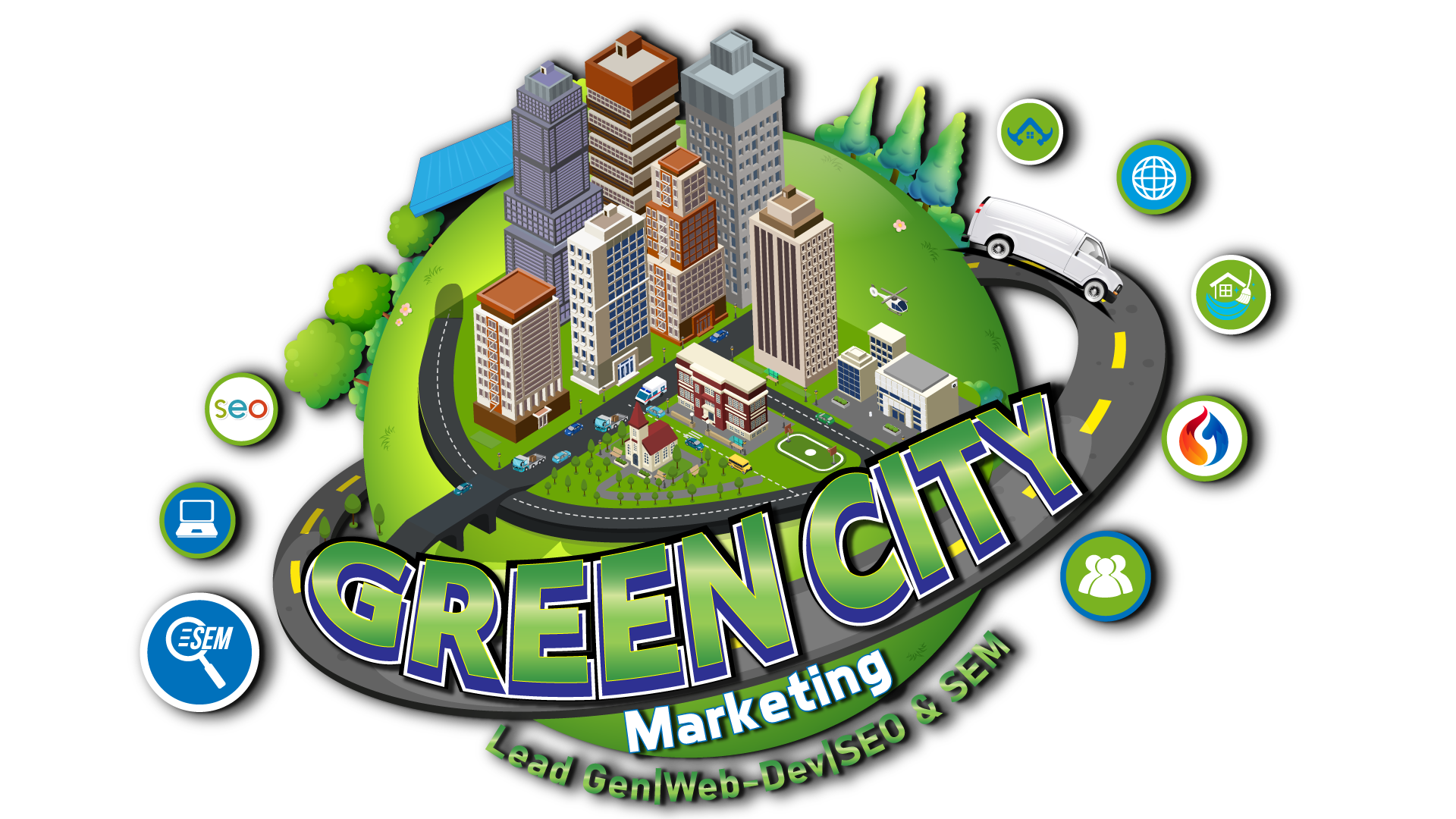#1 Marketing+ Lead Gen Agency® for Home Services & Home Improvement Contractors
3D Virtual World design
NOT just SEO/SEM/Lead-Gen Agency!

We own service companies across America + Consult/Brand/Market and generate leads for 150+ contractors.
Brand Development, Campaign Management, Facebook & Instagram Ads Management, Google Ads Management, Lead Generation, SEO, Social Media Marketing, YouTube Ads Management
A Fascinating Journey into Immersive Realities
3D virtual world design has emerged as a captivating realm where imagination meets technology. In this digital age, virtual reality has revolutionized the way we experience entertainment, education, and even business interactions. This article delves into the intricacies of 3D virtual world design, its applications, and the exciting possibilities it offers.
Understanding 3D Virtual Worlds
A 3D virtual world is a computer-generated environment that simulates real-world or fantastical settings in a three-dimensional space. Users can navigate and interact with objects, characters, and other users within this virtual realm. These worlds can range from realistic representations of existing locations to entirely fictional landscapes.
The Art of 3D Virtual World Design
At the heart of every captivating 3D virtual world lies the art of design. Talented designers and artists play a crucial role in crafting these digital realms. Their creativity and imagination breathe life into the virtual landscapes, making them visually stunning and engaging.
Step 1: Conceptualization and Ideation
The journey of creating a 3D virtual world begins with a clear concept and theme. Designers brainstorm ideas and identify the purpose of the virtual world. Whether it’s an educational simulation, a gaming universe, or an immersive storytelling experience, a strong concept sets the foundation for the design process.
Step 2: Creating the Virtual Landscape
Designers then focus on building the virtual environment, including landscapes, terrains, and scenery. Attention to detail and realistic elements enhance the user’s sense of presence and immersion within the virtual world.
Step 3: Building Structures and Objects
Structures and objects are essential components of a 3D virtual world. Designers meticulously craft buildings, vehicles, and interactive elements that align with the overall theme. The balance between functionality and visual appeal is critical in creating an enjoyable user experience.
Step 4: Texturing and Rendering
Texturing adds depth and realism to the virtual world. Designers apply textures and materials to objects and surfaces, creating visually appealing elements. Proper lighting and shadows contribute to a lifelike atmosphere.
Step 5: Animation and Interactivity
Animation breathes life into the virtual world, adding movement to characters and objects. Interactivity enables users to engage with the environment and influence the outcome of their experience.
Step 6: Testing and Optimization
Extensive testing ensures that the 3D virtual world functions seamlessly across different devices and platforms. Optimization enhances performance, allowing users to enjoy the experience without technical glitches.
Step 7: Integration with Virtual Reality Platforms
For a fully immersive experience, designers integrate the virtual world with virtual reality (VR) platforms. This step involves adapting the design to suit VR headsets and controllers.
Step 8: User Experience and Feedback
User experience is at the core of a successful 3D virtual world. Designers encourage user feedback and iterate on the design based on user preferences, creating a more user-friendly and engaging environment.
The Impact of 3D Virtual World Design
The applications of 3D virtual worlds are vast and varied. From entertainment and gaming to training simulations and architectural visualizations, virtual reality has permeated various industries. The future holds even more innovative uses for 3D virtual world design.
Conclusion
As technology continues to evolve, so does the art of 3D virtual world design. These immersive realities open new doors for exploration, creativity, and interaction. Embrace the potential of 3D virtual world design, as it leads us into a world of endless possibilities and captivating experiences.
FAQs:
What is a 3D virtual world? A 3D virtual world is a computer-generated environment that simulates real or fictional settings in a three-dimensional space.
How are 3D virtual worlds designed? Designers create 3D virtual worlds by conceptualizing ideas, building virtual landscapes, adding structures, applying textures, and integrating interactivity.
What is the impact of 3D virtual world design? 3D virtual worlds have applications in entertainment, education, training, and various industries, revolutionizing the way we interact with digital content.
How important is user experience in 3D virtual worlds? User experience is critical in 3D virtual worlds, as it determines how users engage with the environment and their overall satisfaction with the experience.
What does the future hold for 3D virtual world design? The future of 3D virtual world design holds endless possibilities, including advancements in technology, increased interactivity, and new use cases in various fields.







